The Graveyard Wanderers: The Wise Ones + The Dead in Sweden
by Dr Thomas K Johnson
140 pages / October 2022 / 9781947544390
Folk Necromancy in Transmission, Volume 7
Book design by Joseph Uccello
Original cover art by K Lenore Siner
+
This work presents the art of the Wise Ones concerning the Dead, collected from thirty-seven Black Art Books. These manuscript books, passed from one Wise One to another and copied, were ideally to be colored black with title in white – a tradition respected in the out-of-print hardback edition, published in 2012 by the Society of Esoteric Endeavour. The paperback edition has been revised, updated, and rendered portable for the nomadic gravedirt sorcerer. It is the nimble companion to Dr. Thomas K Johnson’s Svartkonstböcker (Revelore, 2019), an immense tome which contains the entire translations of these thirty-seven Black Art Books.
The Wise Ones called Graveyard Wanderers obtained the services of the Dead by leaving an offering for their wages. Usually a coin, but sometimes other metal – shavings from a church bell for example. Bar human bone itself, metal was the ideal vehicle for the transmission of deathliness. Coffin nails were extracted – sometimes to be entwined with horseshoe nails by a smith evoking infernal beings – and put to magical purpose. Needles employed to sew a corpse into its shroud were likewise sought after. Some of the spells herein derived from the black art book of a smith, nestling amongst mundane recipes for working metals. But then metal is the zenith of Man’s creative art. Extracted from the Earth by man, its mutability to will and permanence makes metal ideal for coin offerings for the Dead.
The nature of the practice can be simply stated:
A ritual of initiation to commence dealings with spirits of the Dead, after which, by taking bones and leaving payment, they may be called upon to:
- Take pain from the living, as they are now beyond suffering.
- Torment or transfix thieves – setting upon them the stillness of death.
- Communicate the stillness of death to animals or humans; stopping them from moving
- Send the bane of death to a victim
- Protect the living, and their possessions
- Predict chance, being beyond time, and assist the gambler
- Assist with shooting, conferring lethality to ammunition and guiding aim.
And the spirit of the dead may be kept in a little box, or in the form of a rune stone.
But always, the bones must be returned.
+
+
+
Available on backorder
Foreword
by Michael Tarplee
Prologue to the First Edition
by Ben Fernee
Prologue to the Second Edition
by Dr Alexander Cummins
Initiation
Healing with the Dead
The Detection & Transfixation of Thieves
The Dead Control Animals & People
Hexing with the Dead
The Dead give Protection
Winning with the Dead
Shooting with the Dead
Invisibility
The Spiritus
The Ring-Belt
The Rune-Stone
Some Warnings
Afterword: The Wise & their World
by Dr Thomas K. Johnson
References
Select Bibliography
This book is a reprint of Dr. Tom Johnson’s first published work and is a compilation of the rites of the Wise Ones of Sweden concerning the Dead. It is named after the specialists who would visit graveyards seeking magical power from the artifacts of the dead. They would gather bones, graveyard dirt, coffin nails, shroud needles and such to craft their spells.
This book was to be the first in a series, each focusing on a particular aspect of the Wise Ones craft. Dr. Johnson chose the ancestors as the topic of this first book to honor their primary importance in the passing of such lore. Such a series of compilations would have made it easier to survey the many spells covered in his dissertation to find a particular topic. As it was, Dr. Johnson joined the spirits of his ancestors before his vision could be completed. As Dr. Johnson’s husband and partner of over twenty years, I was blessed to receive his insights into this material as he researched and wrote his dissertation.
In this book, one will find methods to commence dealings with the spirits of the dead. After rendering payment for use of their artifacts, the items could be used to effect healing, hexing, protection and assistance. The powers of the dead infused the artifacts and rendered them potent. It was believed that the realm of the dead shared a border with the realm of the gods and thus the dead were particularly effective in appealing to the powers of nature.
In addition to the actual spells of the Graveyard Wanderers, this book contains Dr. Johnson’s notes concerning the spells. It ends with a section on the overall viewpoint of the Wise Ones, their approaches to magic and their techniques utilizing the invisible powers of nature. Such books were often credited with magical power themselves simply by the nature of their contents. They were more than mere textbooks, but allies themselves in the practice of the Dark Art. Perhaps you will find this book to be such an ally.
— Michael Tarplee, MMXXII
Graveyard Wanderers is a collection that haunts about a particular necromantic folk magic: of seeking empowerment, healing, justice, and even tuition from (ghost-wrangling) ghosts and the folk relics of borrowed churchyard remains. As a historical primer on nigromantic cunning it further explicates nuanced relationships between the living and the dead throughout time and custom. Anthologised together in a single collected volume, these workings begin to enrich an understanding and engagement with their shared craft logics and recurring motifs; numbers, directions, days, and all the other minutiae of practical sorcery.
For it is (inter alia) works done on Thursdays, works of requisitioning and returning churchyard finger-bones, of laying coins, and marking earth-fast stones and their secrets; of cedar chips and shroud-stitched sewing needles. It may be the actions performed thrice: from crossing oneself three times to chipping a trio of splinters from a place of power. Those versed in English cunning may recognise certain familiar techniques in our Scandinavian cousins’ wise ways: a hazel wand for circling a grave, skull-moss salves, and countless works of bread and bone. These are also works that highlight – one way or another – respect for those departed workers who were already haunting graveyards in life. Necromancy is always ancestral, and always a matter of both the departed and the remaining.
The first edition of Graveyard Wanderers was published before Dr Johnson’s more extensive translations, surveys, and analyses were committed to print as Svartkonstbocker: A Compendium of the Swedish Black Art Book Tradition (Revelore, 2019). Having worked on the latter collection as part of the Folk Necromancy in Transmission team, my fellow editors and I felt it useful to include additional citations and pagination from their original manuscript transcriptions and translations now published in Svartkonstbocker for the necromantic operations collected in this second edition of ‘Wanderers. One can thus cross-reference from this nigromantic anthology to the sources and supporting material more easily. We hope these supplementary footnotes aid both students and practitioners in sourcing deeper contexts for manuscript analysis and further lines of historical inquiry to illuminate these folk magics.
In framing how this collection may thus best help you as a practitioner and/or scholar, you may ask yourself two questions as you analyse the workings and operations assembled herein. Firstly, consider theory, methodology, cosmo-vision and all and ask how does it work? Secondly, consider purpose: what is it for?
To start you on the first question, we should note whether dangerous ‘mischief with corpses’ or seeking aid from the inhabitants of the kingdom of death, we may observe manipulation of contagions of power and affect, control over natural forces and agents, and seeking and apprehending (respectfully and otherwise) the aid of the flora and fauna of the graveyard. We can note transference of disease away to the land of the dead by their borrowed bones; but we can also detect empowerments received from the souls of the churchyard through their anonymised relics and in other manners.
The purpose of these workings should remind us that they were – and continue to be – used by folk for folk. Specifically, they are for helping folk in perceiving, calling, and bargaining with the dead for their aid and support in both mundane and so-called supernatural matters. Such wise wanderers’ work may include formal sorcerous approaches of ‘selling oneself into the power of the Invisibles’; but these workings themselves are for easing the very real and particular pains and distresses of the living, from everyday tooth ache to serious illness and chronic malady. These efforts to cohere and direct the sorcerous possibilities of the Kingdom of the Dead spring from human needs. Ideally they return the living to their proper places and functioning along with the leased materia of the dead to theirs.
Having considered of the purposes of these operations it is fitting we conclude by considering the purpose of this second edition of this collection of nigromantic operations. It is our hope by bringing forth these respectfully borrowed bones of wise workings, attitudes, customs, observances, and spellcrafts that Dr Johnson’s work may continue to inspire and re-call those who continue the wanderings amongst the dead on behalf of the living.
Dr Alexander Cummins
New Hampshire, 2022
About the Author
Dr. Thomas Johnson was born to and brought up by Swedish parents. His mother came from just outside of Göteborg. His father was from southern Västergötland. He travelled to Sweden where he learned Swedish as well as at home and church.
He majored in music and Swedish at North Park University in Chicago. He also attended Södra Vätterbygdens Folkhögskola in Jönköping in Småland. He completed his Master’s Degree in Germanic Linguistics and Swedish Literature at the University of Washington. He studied at Uppsala University in 1985.
In 1986, he began his doctoral degree at the University of California at Berkeley. In 1992 he was a visiting fellow at the Nordic Museum in Stockholm, where he performed research to eventually complete his dissertation in the Spring of 2010 at the University of Washington. He taught Swedish, as well as Swedish folklore, sagas, Old Norse religion and mythology at the University of Washington. He also taught Swedish at the Scandinavian Language Institute at the Nordic Heritage Museum in Seattle.
He is survived by his spouse Willow Moon (Michael Tarplee).
Additional information
| Edition | Trade Paper, Special Deluxe |
|---|

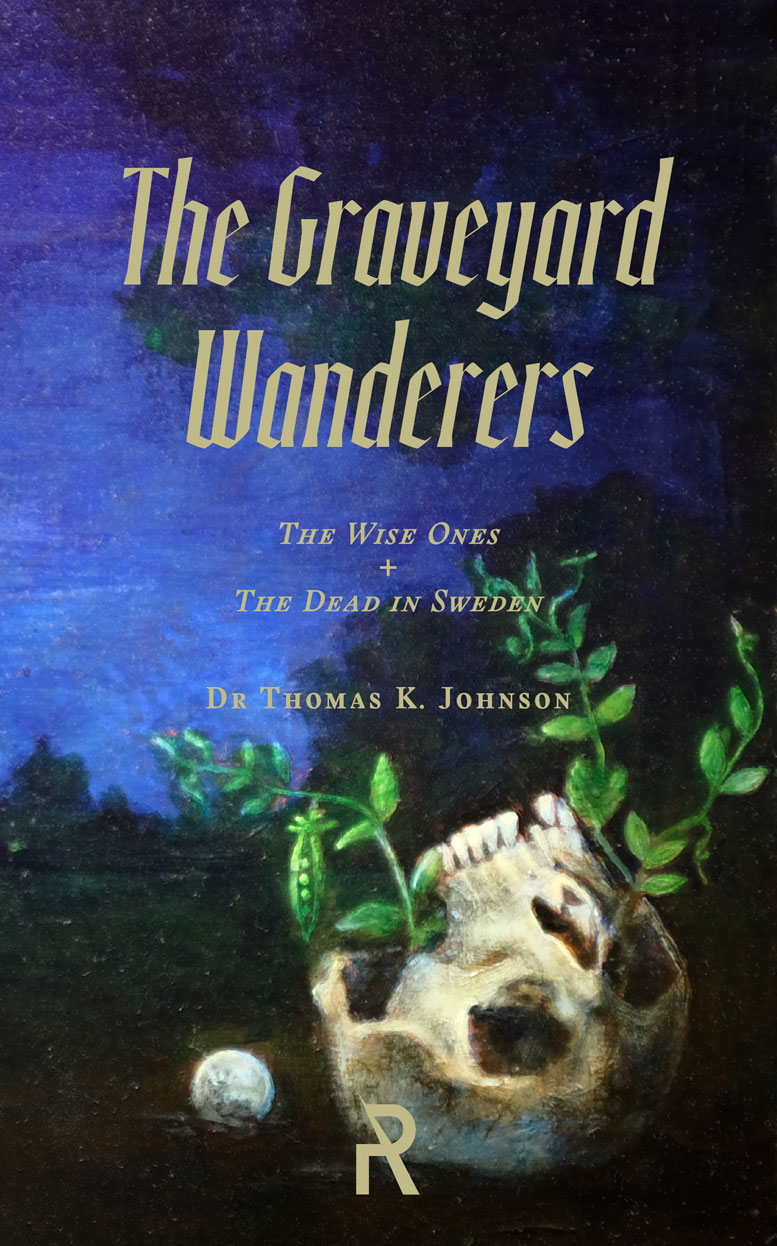
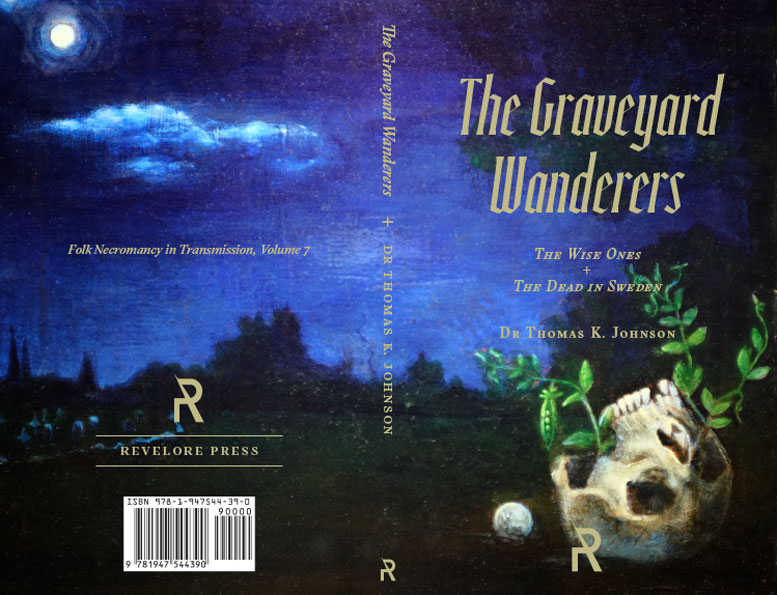
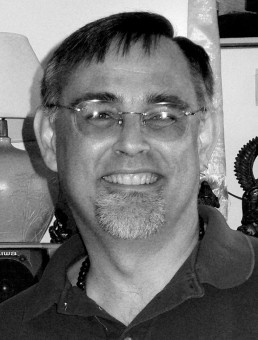
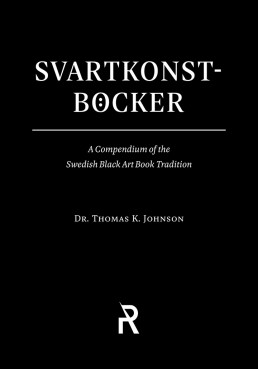
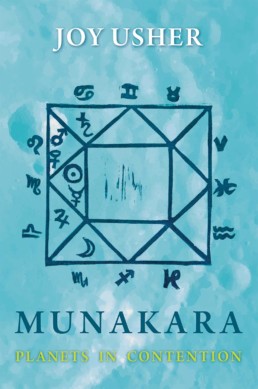
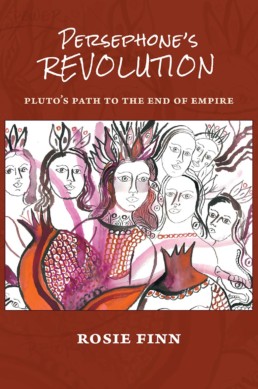
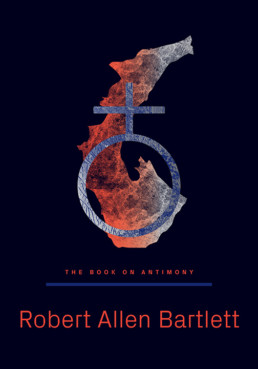
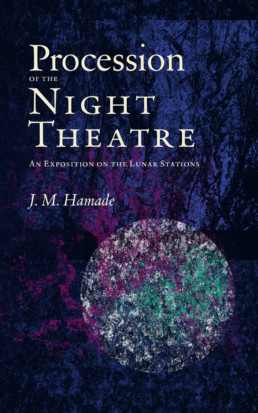
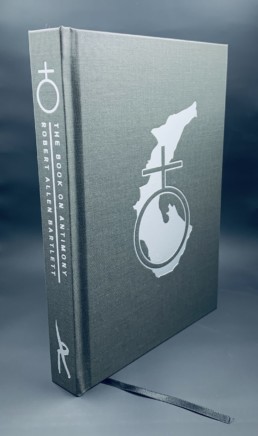
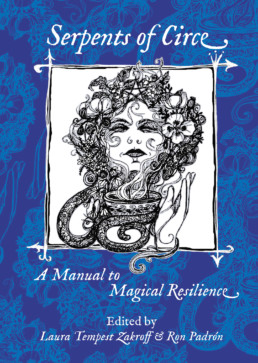
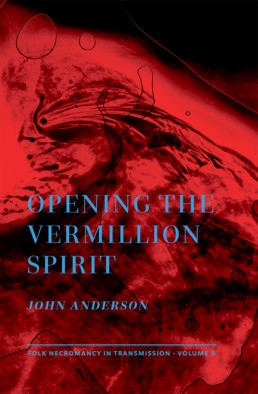
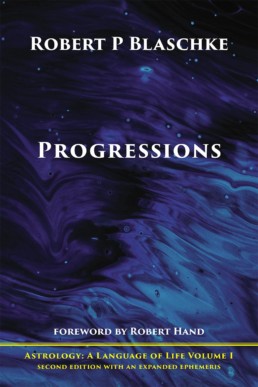
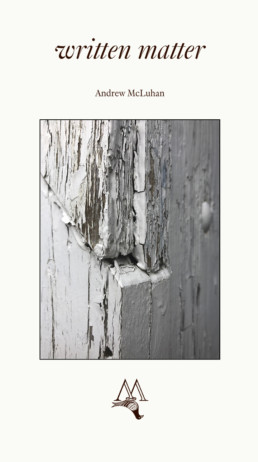
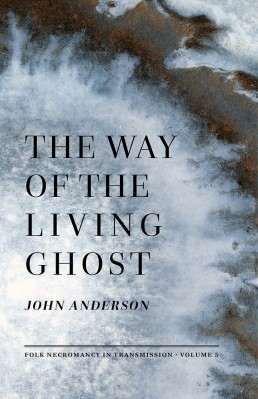

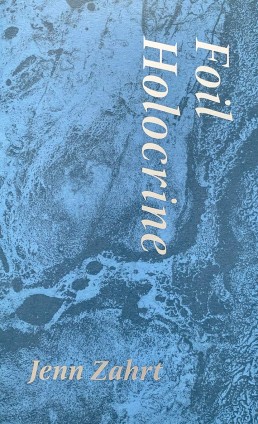
Reviews
There are no reviews yet.